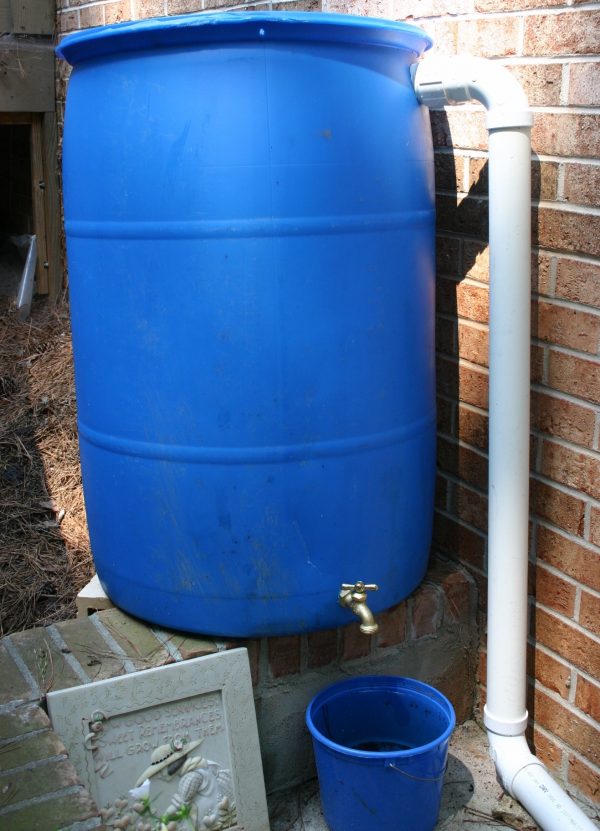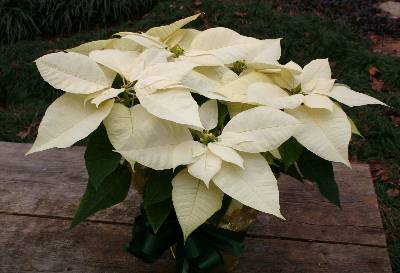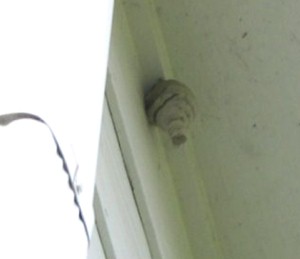Bermuda Grass – Disease – Brown Patch
Brown patch is most prevalent on bermudagrass which has been heavily fertilized when night temperatures are above 68 degrees and day temperature are above 80 degrees. Dead patches of grass may start small but can grow and join together to make patches more than 3 feet apart. Sometimes, there will be a ring of brown, dead grass surrounding a patch of green grass. To control brown patch, fertilize bermudagrass moderately in summer and if you irrigate, do it in the late evening or very early morning. There are lawn fungicides available to control brown patch. Read the label carefully and use the rate and timing that is indicated.
Management plays the most important part in brown patch control. Don’t apply excessive nitrogen. Use only enough to maintain a reasonably green and attractive lawn. Water only when the soil is dry and then soak the soil to a depth of 5 to 7 inches. Water between 10 pm and 10 am.
Despite our best management practices brown patch may appear. Sometimes a fungicide may be needed to suppress the fungus growth and protect the grass from attack during periods when conditions favor disease development.
Remember that control and management of the disease are key. Don’t wait until you need a fungicide. Use fertilization, watering and mowing properly to avoid brown patch.
Q: I had brown patch disease throughout my lawn this summer. Can I put anything in the soil to eliminate the disease?
A: A one word answer: “No”. The fungus spores of brown patch are in the soil all of the time. They can not be eliminated. You only have a problem with brown patch when the grass becomes susceptible to it – because of drought stress or over-fertilizing or over-watering. All three of those conditions are under your control. If you water deeply once each week during dry weather and avoid fertilizing after May, brown patch won’t be nearly the problem it has been.
Q: My bermudagrass lawn looked great until a few weeks ago. Now there are big yellow spots that seem to get bigger each day. Is this “Brown Patch”?
A: Many homeowners blame any turf dead spots on a disease called “Brown Patch”. It’s a common fungus disease on lawns, particularly fescue lawns. Brown patch spots are small to begin with but in warm weather they can enlarge rapidly. Seen from above, the patch will look like a doughnut – a ring of tan grass having a patch of green grass in the center. Individual grass blades will be brown down to the crown – where the blade emerges from the ground – but the crown itself will be green. Early in the morning during hot, damp weather you might see a white fungal web or dark green grass at the edge of the dead patch.
There are other conditions that cause dead spots: soggy areas, hard soil and mower fuel spills, to name a few. Before you reach for the lawn fungicide, eliminate the other conditions. Since brown patch is associated with watering in the evening and watering too often, change your irrigation habits to one deep soaking per week. If you feel sure the spots are caused by a disease, start spraying with a fungicide like chlorothalonil (Daconil, etc), Bayleton or myclobutanil (Immunox).
Changing the conditions that cause brown patch is not easy, but once you see the price of a bottle of fungicide you’ll reconsider the effort. Remember that summer fertilization, drought stress, constant wetness and hard soil all predispose fescue to disease. Sometimes it’s easier to plow it up and start over in the fall than it is to battle disease all summer.
Q: I have bermudagrass with some other grass popping up… I was told that I have fungus and have used Daconil on the complete yard three times with the Ortho sprayer at 4oz per gallon setting per the bottle. It seems to help for a little while, the Extension service told me it was fungus, however I can not seem to get rid of it and get the grass growing and looking good like everyone else in the sub-division. I have put down fertilizer about six weeks ago, 32-12-10??, slow release, soil sample came back ok… no lime needed, told to use 32-0-0, monthly.
A: No one knows why some lawns get diseases more than others. It has to do with micro-climates, previous management and such. Your neighbors might never get much disease but you (like me) might be plagued with it every year. My suggestion is that you start using Bayleton instead of Daconil. It is much more systemic and broad spectrum. Cut down on your fertilizer applications. Three applications per growing season is plenty: May, late June and late August. Be sure not to water after noon when you do irrigate and try to do it deeply only once per week. The correct management practices plus judicious use of fungicide should gradually correct the problem.
Brown Patch – Identifying
You have brown patches of dead grass in your lawn. Is it the common lawn disease ‘brown patch’ or is it something else? The answer is important: if it is brown patch you probably need to spray with a fungicide. If is not, you’ll waste your money buying expensive fungicides.
DISEASE vs ENVIRONMENT While brown patch does cause patches of dead grass, other things can cause the same symptoms. If the area is poorly drained and water stands on a spot for more than 24 hours, the grass roots will rot, causing a dead patch. If you have a sodded lawn less than one year old, it is possible the soil underneath the sod was never plowed to relieve compaction. Where the sod has rooted poorly, brown patches will develop as dry weather sets in. If one part of the lawn was once used as a baseball home plate or a soccer goalie area, the earth beneath is almost as hard as concrete. It’s easy to see why green grass would turn brown there.
BROWN PATCH SYMPTOMS If you eliminate environmental causes of the brown patch, what are the true symptoms of the disease? True brown patch spots are small to begin with but in warm weather they can enlarge rapidly. Seen from above, the patch will look like a doughnut – a ring of tan grass having a patch of green grass in the center. Individual grass blades will be brown down to the crown – where the blade emerges from the ground – but the crown will be green. Early in the morning during hot, damp weather you might see a white fungal web at the edge of the dead grass patch.
KEEP GRASS HEALTHY Remember that the fungus that causes brown patch is constantly present. It can not be eliminated. Your grass gets sick because it is weak and becomes susceptible to the disease. You can help keep the grass strong by fertilizing only when the grass needs it: during the cool months for fescue and during the warm months for bermudagrass.
WATERING Never water in the early evening. The best time to water is in early morning. Turfgrass is much more susceptible when it has lush, green growth plus warm nighttime temperatures. Warmth at night can not be avoided but lush growth can be moderated. The second step is to water at the right time. Since brown patch needs 14-16 hours of wet leaf surface to reproduce itself, water only after the dew has dried in the morning.
FERTILIZER Fertilizer applied in late spring and summer causes rapid growth (which must be mowed!) and drought stress. It is best to fertilize fescue only in fall, winter and spring. Dr. Lee Burpee, at the Griffin Experiment Station, reports that nitrogen fertilizer in June, July and August increased the severity of brown patch fungus on all cultivars tested except Kentucky 31 fescue. He also found that the disease was worse at mowing heights less than two inches and more that three inches. Fungicides to control brown patch are available but they must be applied regularly. To avoid the expense, consider changing cultural conditions before reaching for the fungicide.*
FUNGICIDES If you are absolutely sure you have brown patch, the disease can be controlled with fungicides. Chlorothalonil (Daconil) and Bayleton (Fung-Away) are labeled for brown patch control. Although they are effective, their cost may cause you to reconsider their use. To cure brown patch in a lawn requires an application of fungicide every 14 days. A lawn fungicide costs approximately $20 per 1000 square feet per application. For a typical 5,000 square foot lawn, that comes to $100 every two weeks. Let your pocketbook be your guide!
POSITIVE IDENTIFICATION Obviously, it would be nice to have a positive identification of a disease before you decide on the best course of action. You can get that positive ID from your local Extension office. Bring them a sample of your sick grass; it will be sent, free of charge, to the state disease lab in Athens for identification and treatment recommendations. For a list of local Extension offices, see the note below.
LAWN DISEASE ID
If you suspect that you may have a turfgrass disease, your sampling procedure is critical in order to get an accurate diagnosis. Go to the suspected disease area. Find where the live grass meets some dead grass. This is called the disease margin area. You need to cut a 4 X 4 inch square that has half dead grass and half live grass in it. Include the roots. Do not allow the sample to heat, do not allow the sample to dry out. Place in a paper bag or plastic bag which is not sealed. If you cannot bring the sample in the same day you cut it, it is best to refrigerate it. Take it to your local county Extension office. They would prefer to get the sample on Monday or Tuesday so that they can mail it to the plant disease lab without any delay in the mail. Results will be mailed to you in about 10 days.














